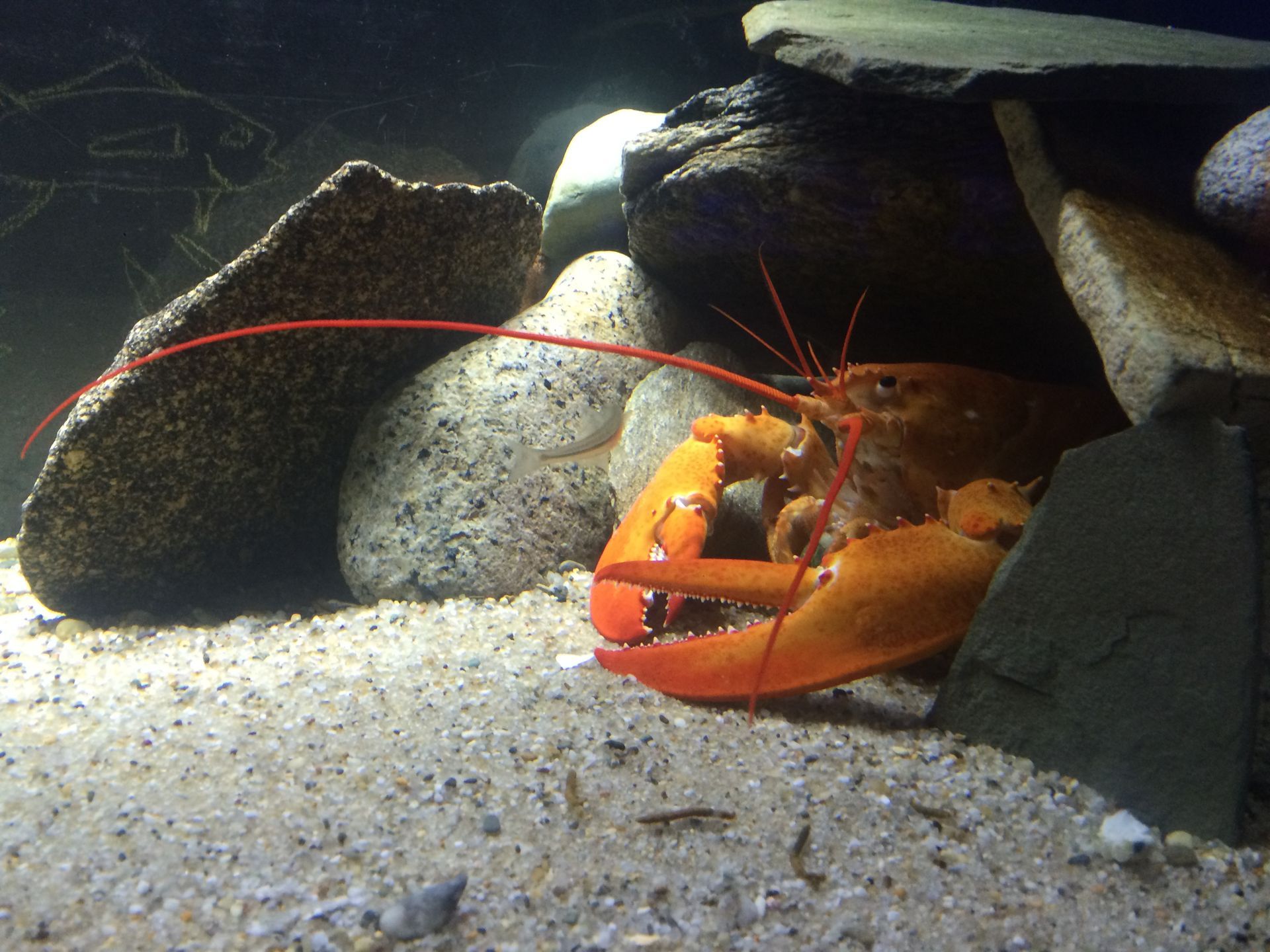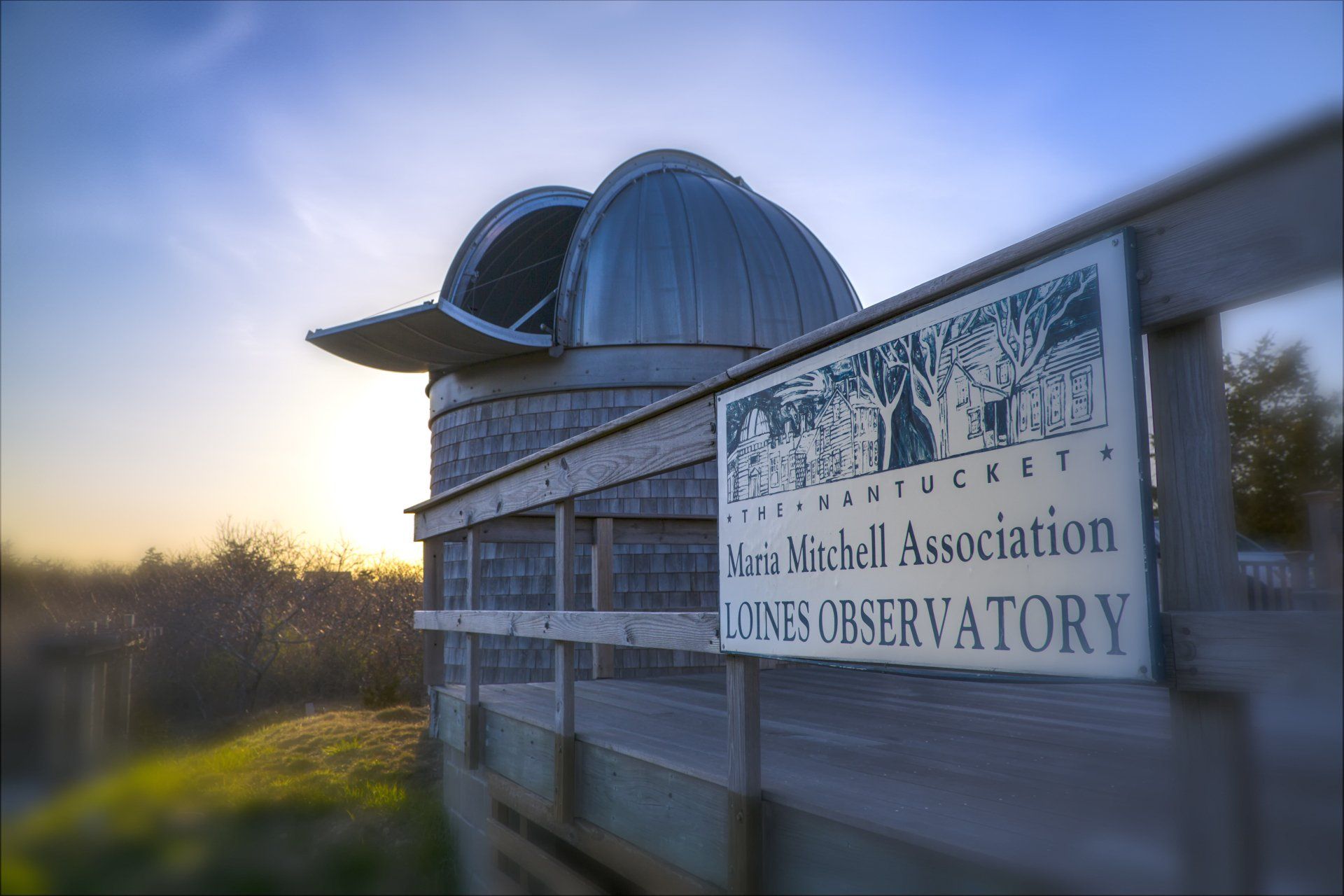Nantucket Maria Mitchell Association Welcomes Shawn Sneddon and Jon Fajans as Featured Guests for August Science Speaker Series
NANTUCKET, MA — The Nantucket Maria Mitchell Association (MMA) announces that it will host Shawn Sneddon and Jon Fajans of Yellow Springs Instruments (YSI), a Xylem Inc. brand which serves as a leading provider of water measurement solutions, as featured presenters for its Science Speaker Series. Their presentation “Autonomous, Precise, and Real-Time Coastal Water Quality Monitoring” will take place on Monday, August 12 at 6pm EST. It will be presented in person at the Great Harbor Yacht Club, at 56 Union Street. The presentation will also be hosted via Zoom.
Due to its unique geographic, hydrographic, ecologic, and cultural setting, Nantucket Harbor has one of the last remaining healthy eelgrass (Z. marina) beds in New England. The shape of Nantucket Harbor forces incoming sea water to pass over the eelgrass beds, which sequester the water’s carbon dioxide. Seagrasses can consume more carbon dioxide per acre than rainforests, and noticeably lower the acidity of the water around them. The MMA believes the confluence of these factors also makes Nantucket Harbor one of the best locations to investigate the impacts of healthy eelgrass on the commercially valuable Nantucket bay scallop (A. irradians). Ocean and coastal water quality monitoring applications require both precise and rugged instrumentation that will withstand harsh environmental conditions and still output accurate data. Join Shawn Sneddon and Jon Fajans of YSI as they share about the science, logistics, and analytics of the EMM700 Bay Buoy and sensors that will be deployed in a continuous data collection and publication monitoring project, the first of its kind on Nantucket. This project will collect and publish continuous data on seawater acidity (pH), dissolved oxygen, temperature, total algae, dissolved nitrates, and salinity (conductivity). This data will create the "Mitchell Curve," a longterm, permanent record of ocean acidification in Nantucket Harbor.
Shawn Sneddon has over sixteen years of experience in the Oceanographic and Water Quality field, designing, integrating, and deploying a vast array of real-time monitoring systems with a heavy focus on custom system integration. After taking over the autonomous vehicle fleet in 2015, Sneddon is now one of the lead engineers for all things autonomous: performing hydrographic surveys, trainings, customer/sales support, and demos for customer applications. Sneddon started his career as a service and calibration engineer for Aanderaa before moving into a Systems Engineering role for the integrated systems and services division of YSI. He is currently the System Sales Engineer and Vehicle Specialist for YSI.
Jon Fajans earned a Bachelor’s degree in Health Sciences and served eleven years in the U.S Coast Guard as a Flight Surgeon’s Assistant. He earned additional Bachelor’s degrees in Zoology and Wildlife Ecology, and a Master’s degree in Fisheries and Aquatic Sciences studying marine invasive species at the Univesity of Florida. Since then, Fajans has been the manager of the SEAKEYS Monitoring Program in the Florida Keys National Marine Sanctuary as a scientist for the Florida Institute of Oceanography, Dive Safety Officer for the University of Belize, and President of C‐ARMS Inc., a small marine research consulting company. He served as a scientific support coordinator in the NOAA Subsurface Monitoring Unit for the Deepwater Horizon incident response and has installed ICON buoys throughout the Caribbean on a joint Caribbean Community Climate Change Center‐NOAA AOML project. Fajans came to Xylem in 2015. He now serves as manager for Ocean & Coastal Applications covering the Americas and Caribbean.
Pre-registration is required to join the Zoom for this event. To register, please follow the link below:
https://us06web.zoom.us/webinar/register/WN_lZA-sjx4TYKt6zCdxI4YWQ#/registration
This series is generously sponsored by our lead sponsor, Bank of America.
The Maria Mitchell Association was founded in 1902 to preserve the legacy of Nantucket native astronomer, naturalist, librarian, and educator, Maria Mitchell. After she discovered a comet in 1847, Mitchell’s international fame led to many achievements and awards, including an appointment as the first female professor of astronomy at Vassar College. Maria Mitchell believed in “learning by doing” and today that philosophy is reflected in the MMA’s mission statement, programs, research projects, and other activities. The Maria Mitchell Association operates two observatories, a natural science museum, an aquarium, a research center, and preserves the historic birthplace of Maria Mitchell. A wide variety of science and history-related programming is offered throughout the year for people of all ages.
###
For Immediate Release
August 8, 2024
Contact: Jónelle Gurley
programs@mariamitchell.org
Recent Posts




